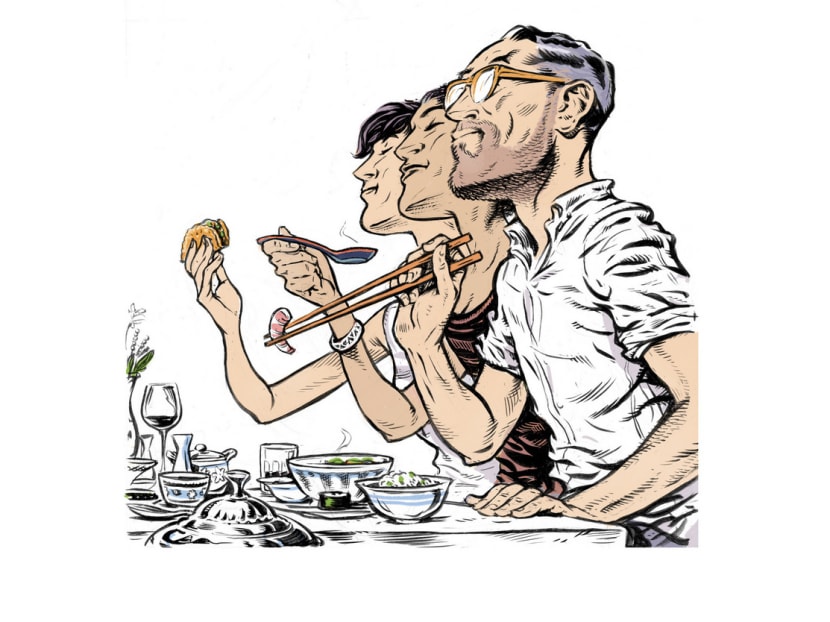How to dine properly anywhere in the world
NEW YORK — When you are travelling abroad, eating at a local restaurant presents an opportunity to learn about that country’s culture and customs.

Dining etiquette can vary by destination: use the correct utensils, eat at the right hour and research tipping practices when travelling internationally. Illustration: New York Times
NEW YORK — When you are travelling abroad, eating at a local restaurant presents an opportunity to learn about that country’s culture and customs.
However, dining out can also make travellers uncomfortable, said Gert Kopera, executive vice-president of global restaurants for Hakkasan Group.
“Dining etiquette and traditions vary by country, and if you don’t know the customs in the destination you’re visiting, it’s easy to feel like a fish out of water,” he said.
Kopera has eaten thousands of meals in more than 70 countries, and here, he shares his advice on how to dine out successfully anywhere in the world.
Eat at the Right Hour
Learn when locals eat, Kopera said, so that you are not going to a closed or empty restaurant. In the United States, dinner is usually eaten from 6 to 7pm and is the biggest meal of the day, but not so in other countries. In England, for example, high tea, served around 4 pm, is a meal itself, while supper is lighter and served at 8 pm or later. In Spain and South America, the average dinner starts at 10 pm, and in India, anywhere from 9 to 11 pm is the norm. “You’ll experience the authentic local culture if your dining times are in rhythm with the locals,” he said.
Use the Correct Utensils — or No Utensils
Using utensils improperly can be a sign of disrespect in another country, Kopera said. He suggested that travellers observe the locals while they eat and follow their practices. In China, Japan, Korea and Vietnam, chopsticks are the most common utensil, but sticking them upright in rice is considered offensive.
In India and areas of the Middle East and Africa, eating with hands is normal, but be careful about using the left hand — it can be considered unclean.
Take Your Time
In many countries — including Brazil, France and Italy — meals span several hours and are a time to connect with family and friends. Kopera suggested that travellers do the same. “Savour the food and conversation,” he said. And, once you are ready to leave, ask for your bill because in many international destinations, servers present it to diners only upon request.
lern about Payment and Tipping Practices
Find out the proper tipping etiquette and way to pay in whichever country you are visiting. Tipping is not expected in many countries, and in some nations such as Japan, it can be insulting. Also, in some countries, such as France, splitting the bill is considered unsophisticated. And know ahead of time if the restaurant you are heading to accepts credit cards. In parts of Africa and Asia, the only way to pay at many restaurants is to use the local currency, and being cashless can make for an uncomfortable ending to your meal. THE NEW YORK TIMES





